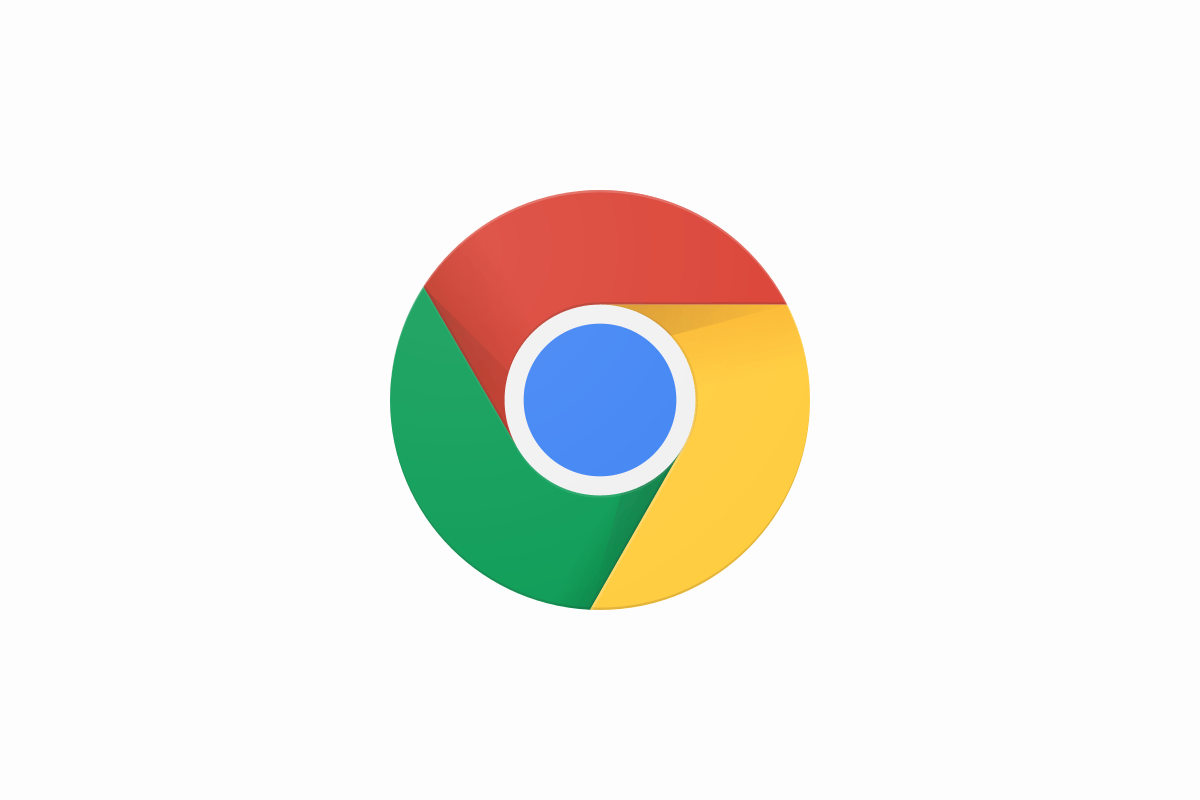Pull to refresh, a downward swipe gesture that refreshes in-app content, has made its way to a number of Android applications over the years. but it isn't something we've seen on Chrome. That changed this week: the Chrome Browser on Chrome OS devices and Windows on 2-in-1 laptops gained a pull to refresh gesture.
We first heard that pull to refresh would be making its way to Chrome back in July 2017, thanks to an article from Chrome Unboxed. It was discovered in a merged commit in the Chromium Gerrit code review.
Back in July, the feature hadn't been implemented yet, but it looks like that's changed. Reddit user lucasban uploaded a short video to the /r/ChromeOS subreddit to demonstrate pull to refresh on the Google Pixelbook.
It's available in the developer channel of Chrome OS and Chrome for Windows, but isn't enabled by default. To get it working, you'll need to toggle it via the hidden flag here: chrome://flags/#pull-to-refresh.
There are reports of pull to refresh feature showing up in Chrome OS version 63 on the stable channel, but some have had a bit of trouble getting it to work. At least one user with a Samsung Chromebook Pro had luck by setting overscroll history (chrome://flags/#overscroll-history-navigation) to Simple with the pull to refresh flag enabled.
When it comes to multitouch gestures on Chrome OS, pull to refresh isn't the only recent development. In January, Google added support for Direct Manipulation in Chrome, which lays the groundwork for smoother multitouch gestures on Windows laptops with Precision Touchpads. And this week, we discovered a commit suggesting that all new and existing Chromebooks will soon gain touchpad pinch-to-zoom support.
For a full list of multitouch gestures that Chrome currently supports, check out Google's support page. It's filled with tips that'll help get you started.

